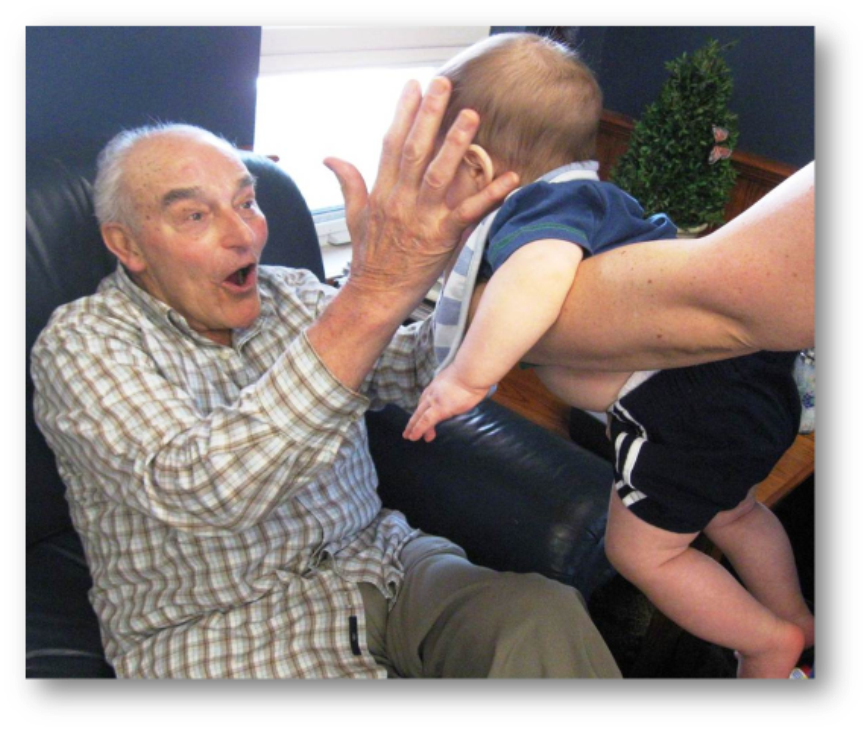Imagining and Creating Ideal Relational Caring Experiences for All
 In October 2016 the Partnerships in Dementia Care Alliance presented Imaging and Creating Ideal Relational Caring Experiences for All at the 45th Annual Scientific and Educational Meeting of the Canadian Association on Gerontology Meeting. The Partnerships in Dementia Care Alliance has identified Seven Dimensions of Quality Care that care homes can use to rate their culture change progress. |
| Caring experiences are at their best when… |
Possible indicators |
|---|---|
|
Caring experiences are at their best when there is nurturing reciprocal and |
· Everyone is known by and referred to by their name · Regular opportunities are provided for building relationships between older persons, family members, staff and other community members · Individuals are engaged and present when interacting with others · Staff are seen doing things other than care tasks with older persons · Love, affection, touch and trust in each other is · Judgement-free language is used rather than labels · Partnerships are inclusive, authentic, and |
|
Caring experiences are at their best when |
· Older persons, family members, staff, and other care partners are all valued equally · All are involved in decision-making and in contributing to the group/organization · The group/organization uses a range of ways to visibly recognize and celebrate the contributions of older |
|
Caring experiences are at their best when there is flexible, consistent, life-affirming and person-centred care |
· Individuals have freedom to choose; preferences and choices are respected · Each person’s culture, abilities and talents are known and supported · Care is provided flexibly · Staff have information they need to provide care in this manner · Staff have opportunities to create own schedules as a team · Staff are supported in making decisions in the moment |
|
Caring experiences are at their best when there are meaningful, inclusive and |
· All feel a sense of purpose and remain connected through meaningful, inclusive, and engaging activities · Activities are varied: planned and spontaneous; group and individual; indoor and outdoor and in the broader community · Activities that are valued by individuals are known and accommodated; often prioritized over care tasks · All have a role in planning, implementing and |
|
Caring experiences are at their best when |
· Outdoor spaces (gardens, bird feeders) are accessible · Indoor spaces are aesthetically pleasing and homelike; they do not feel like an institution · There is lots of natural light · Multi-purpose spaces are accessible · Everyone feels welcome · There is space for large group meals and gatherings · Everyone feels safe and secure · There is a sense of joint ownership over spaces · All are included in decisions about décor · Privacy and private spaces are respected |
|
Caring experiences are at their best when there is humour, laughter, and fun |
· There are spontaneous laughter and smiles everywhere · Older persons, family members, and staff have fun · There are opportunities to celebrate both small and · People experience a sense of comfort and peace · Staff indicate they have fun in their jobs |
|
Caring experiences are at their best when there is education, knowledge and support |
· There are regular and diverse opportunities for education · New learning is provided for all · There are opportunities to share wisdom, experience and knowledge in interdisciplinary teams · People have an increased sense of confidence in their roles · People are open to change · People are willing to contribute · People apply learning to practice |